
This little wagon is 75 years old today: Nash introduced its compact Rambler Custom Station Wagon on June 23, 1950, advertising the well-equipped, upscale subcompact wagon as “practical as a clothespin—sophisticated as a diamond clip.” Although the Nash Rambler story is a familiar one, in honor of its birthday, let’s take a closer look at a rare early survivor.

As I’ve previously discussed, the first Nash Rambler, introduced on April 13, 1950, was the Rambler Custom Convertible Landau, a well-equipped compact convertible with fixed side window frames and a retractable soft top. It had an ambitious price of $1,808 (a relative value of $37,360 in 2025), justified by a long list of standard equipment, including a power top, a heater, a radio, a clock, and more.

Other than its price, the biggest complaint contemporary reviewers and buyers had about the convertible was that the top stole most of the trunk space, inconvenient even for an urban runabout:

So, two months later, Nash added a second body style: a two-door wagon, for those whose daily errands demanded a little more space.

Note that the brochure qualified that the Rambler wagon was “America’s lowest-priced custom station wagon.” While it was pricier than some middle-class sedans, the wagon’s $1,808 FOB list price was on the low end of contemporary station wagon prices; for instance, a steel-bodied Chevrolet Styleline DeLuxe wagon started at $1,994 in 1950. However, the Rambler wasn’t the cheapest wagon on the market: The four-cylinder Willys station wagon and tiny Crosley were both cheaper, although they were a lot more bare-bones than the Nash.

The Rambler’s wagon’s external dimensions were almost identical to the convertible’s — 176 inches long on a 100-inch wheelbase, 73.5 inches wide — but at 61 inches unladen, it was an inch and a half taller. It also weighed 85 lb more than the convertible.

The Rambler wagon looked like a woodie, but it wasn’t: The woodgrain trim was painted on.

It was a convincing look, although modern restorations like this probably benefit from more careful attention to detail in the grain than these wagons had when they originally left Kenosha.

Given its small exterior dimensions, the Rambler wagon’s load-carrying ability wasn’t enormous, but unlike the convertible, there was ample room for a weekend’s luggage or a busy day of shopping and errands.


If you needed a little more space and didn’t have rear passengers, the back seat could be folded down to extend the load floor:

Nash claimed that with the rear seat folded, there was 5 feet (60 inches) of uninterrupted load space, although the intrusion of the wheel arches and the lock mechanisms for the seat back limited usable width, and there were some nasty sharp bits.

Like the convertible, the Rambler wagon was initially offered only in Custom trim, with a generous array of standard equipment. (A cheaper Rambler Suburban wagon would be added for 1951, along with a Deliveryman version aimed at business users.)

Although its painted dashboard seems rather stark to modern eyes expecting impact-absorbing soft-touch plastic on everything, the Rambler Custom interior included carpeting, nice two-tone upholstery (which is no longer original on this particular car), and a Custom steering wheel.

Having a standard clock was fairly common on pricier models, but making a radio standard was unusual even for luxury cars. Rambler owners weren’t very impressed by its sound quality or reliability, unfortunately, although it does look neat.

The tidy instrument cluster lacked the oil pressure gauge of the senior Nash models, but it was quite stylish.

The sole Rambler engine at this time was the 172.6 cu. in. (2,828 cc) L-head six, a slightly uprated version of the engine that had previously been used in the bigger Nash 600. It had 82 gross horsepower and 138 lb-ft of torque to move about 2,600 lb of wagon.

Since the wagon was a bit heavier than the convertible and likely to carry heavier loads, Nash specified a 4.375 axle ratio rather than the convertible’s 3.78. The ivory car has the extra-cost overdrive, a very desirable option on the wagon. (GM Hydra-Matic would later be offered on these cars, but not until 1953.)

The Rambler station wagon was a very late introduction, so only 1,712 of these cars were built before the end of the 1950 model year. For 1951, Nash sold 28,617 Rambler Custom wagons, plus 5,568 Suburbans and 1,569 of the Deliveryman version. Together, the wagon accounted for a little over half of the 70,002 Ramblers Nash sold for 1951.

The original Rambler, on its 100-inch wheelbase, was dropped after 1955, but was revived for 1958 with updated styling, now called Rambler American. The wagon returned for 1959, but it wasn’t until 1960 that AMC again offered it in Custom trim (with vinyl woodgrain exterior trim now a $59.95 option), and it wasn’t very popular in that form. By the 1960s, the Rambler American was fast on its way to becoming the least-cool car sold in America, and the days when its maker was trying to court chic, affluent buyers had long passed.

Judging by the sheer number of luxuriously appointed compact wagons and tall hatchbacks roaming the streets these days, however, the original Nash Rambler Custom wagon sales pitch — clothespin practicality, diamond clip sophistication — was really ahead of its time. The cute styling may be dated, and unlike modern crossovers, the Rambler made no pretense of having off-road capability, but in other respects, the concept feels remarkably modern even at age 75.

Related Reading
1950 Nash Rambler Convertible Landau: Adorable, Thrifty, But Not Cheap (by me)
Junkyard Classic/Automotive History: 1955 Rambler Cross Country – How Rambler Won The Compact And Price Wars Of The 1950’s And Saved AMC (by Paul N)
Classic History Capsule: 1956 Rambler Cross Country – The First Hardtop Station Wagon – A Radical New Concept Indeed With All That “Wood”! (by Paul N)
Vintage Photos: Nash And Ramblers On The Road – 1950s-1960s (by Rich Baron)
Vintage Snapshots: A Gallery Of Nash And Rambler People – 1950s-1960s (by Rich Baron)
Vintage Snapshots: A Gallery Of Nash And Rambler Owners – ‘Bathtubs’ And Beyond (by Rich Baron)
Vintage Dealerships: Rambler Town! – A Short Gallery Of Rambler Dealers (by Rich Baron)
Vintage Photos: Nash And Rambler Dealers In The ’50s & ’60s – Lots, Deliveries And Showroom Fun (by Rich Baron)



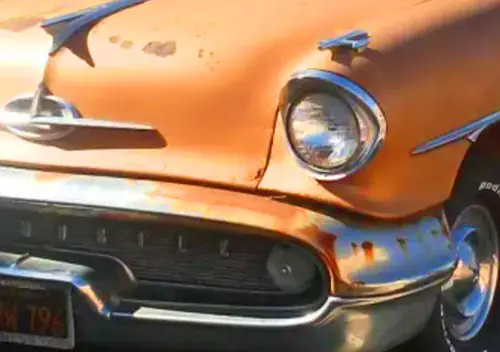
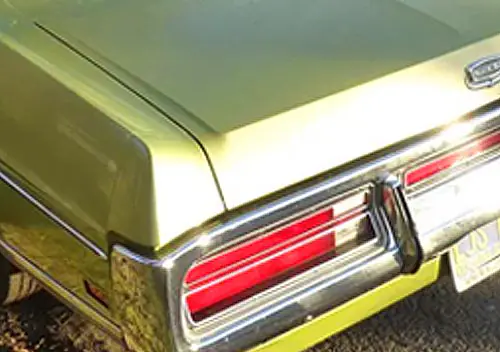



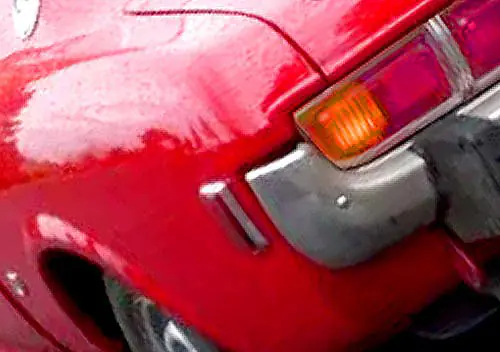

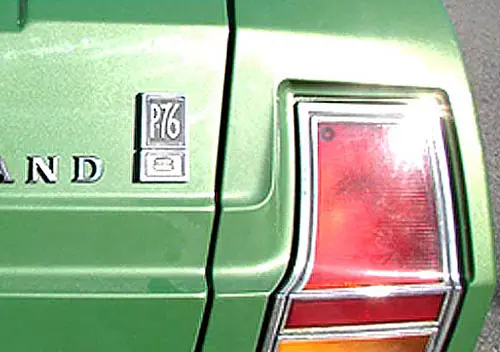
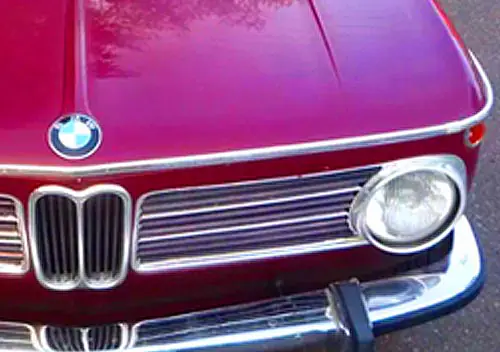


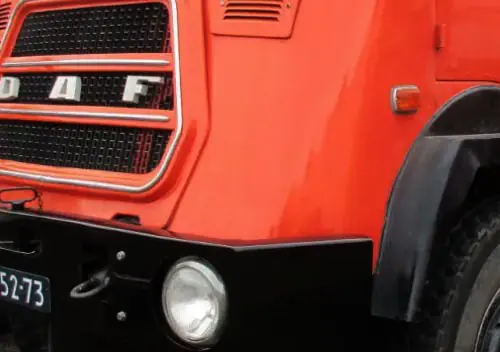
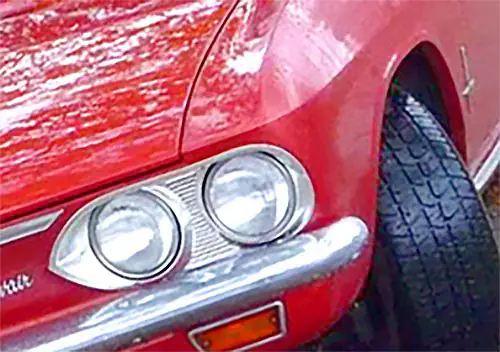
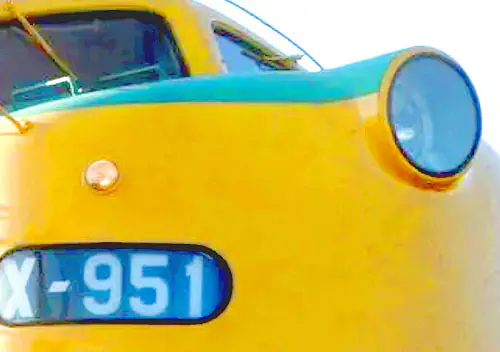
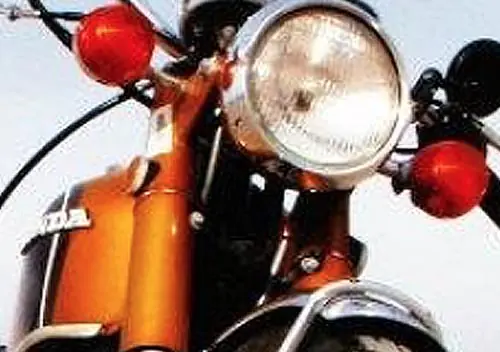
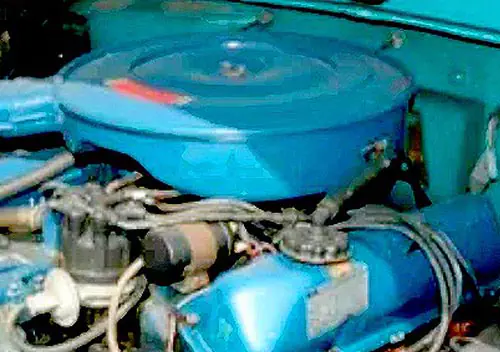
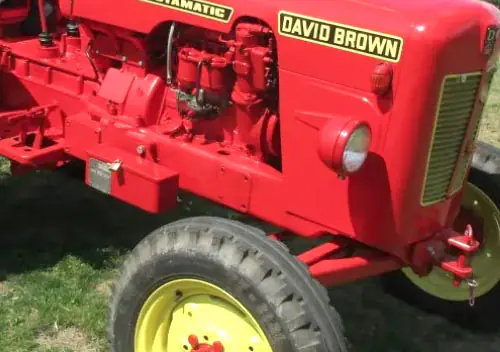


Odd marketing strategy – introduce the (sort-of) convertible first, then a two-door wagon,, then a coupe, and eventually a four-door sedan and later still a four-door wagon. Was there a conscious decision to field the less-conventional, more image-aware models first?
Very much so. George Mason recognized that if they led with a little two-door sedan or business coupe, people would just end up comparing the Rambler to cheap full-size cars. He figured that if they started with “fringe models” like the convertible and wagon, it would be easier for Nash to present the Rambler as something new, novel, and — crucially — fairly upscale. Although Nash intended to eventually introduce more conventional models, Mason wanted people to see those as being cheaper versions of the fancier, more glamorous models rather than the fancier, more glamorous models being seen as gussied-up cheap cars.
(The original plan probably wouldn’t have included four-door versions: The Nash engineers who designed the Rambler version weren’t originally sure a four-door would be practical for the 100-inch-wheelbase car, although they worked it out later.)
And I’ll add that 2-door all-steel station wagons were still a very new thing at the time. Plymouth pioneered that in 1949, on their 111″ short wheelbase, and it was a hit. Up to that time, station wagons used wood and were large in order to accommodate 3 rows of seats. And expensive. So this was a rather hot new niche, especially in this compact format.
Station wagons quickly became the fastest growing body style in the ’50s. The Rambler was a double pioneer in that respect.
In the tradition of Charlie Nash, George Mason knew how to make cars that were ahead of their time. The Airflite Senior AMBASSADOR and STATESMAN were magnificent, luxurious, comfortable, and DEPENDABLE. My parents bought a new 50 AMBASSADOR, which soldiered on until 59 with only routine maintenance. Meanwhile, DAD bought a used 55 HUDSON rambler wagon. Both purchased From Thomas J. Marimon NASH *Rambler. Even with impending problems, it seemed NASHES and Ramblers were everywhere. As stated, I DO believe the first Rambler was purposely designed to give BIG car style and CLASS in a smaller and more affordable package .
The little wagon is very appealing to me, and makes a lot of sense for the high end chic market they’re going for. Especially as the all steel wagon itself was so new. If they had put a fabric sunroof on it, could have been even better.
The only early Rambler I’ve seen in person is this convertible I found in a PA junkyard in 2008. Wish I had more photos of it
I’m a big fan of these early Ramblers; what a terrific little package in the wagon. And I happen to think that the dashboard is absolutely brilliant, in its simplicity yet excellent design of the elements. The whole thing looks very contemporary yet. And the way the shifter is incorporated in the dash. A delightful thing to look at.
Nice car for sure. And the GM upper radiator hose is a nice touch 🙂
It a nice looking car. I own one at reasonable price point.
It’s quite a contrast to the Chevrolet Cadet concept presented yesterday. Nothing much groundbreaking, but correct and current and something that could be built and sold at a profit.
It’s quite telling in retrospect that none of the other early Fifties compacts came as wagons, and, as far as I’ve ever heard, there were never any plans to introduce them later. Mason saw something nobody else did.
The early/mid “50’s”, generation “Rambler” looks at it’s best as a wagon. The “60”, not so much. At least not the “American”.The reference to the “deluxe”, sterring wheel is a hoot. That wheel looks so “cartoon”.
One of those wagons was found over here and described as rare, ive never seen one but there were other 2 door small wagons based on sedans available at the time and probably more easily obtainable and cheaper, those are also very rare now, most got worked to junk.
My Grandpa Ed had one of these in the mid-sixties. When I was about 4 or 5 he drove me out to the junkyard in it, probably the genesis for my love of old cars.
My mom said they all called it “The Dog Car,” since Cleo (the neighbor’s mutt) was often found sleeping in the front seat. I have one tiny photo of it somewhere…
Random thoughts on a slow Monday afternoon… Modern cars have backup cameras as standard equipment. Nash could have added a backup camera to this wagon, all the technology existed. Except a monochrome TV camera of the era would have taken up most of the cargo hold in the Nash, then you’d have to mount a CRT in the dash. They would need to upgrade the (probably 30A) DC generator in the engine bay, too. The backup camera package would have tripled or quadrupled the cost of the car.
Y’know, the funny thing is that George Mason was apparently a camera fiend — he had a stereo camera rig he would take with him on trips.
I’d love to know what that horn sounds like?
Beep, Beep. Or Beep, Beep, Beep.
The more I read, the more convinced I become that George Mason’s Nash might have been the best run company in the entire U.S. auto industry in 1949-50, all the more so given its small size. All of the independents’ weaknesses would soon be exposed, and industry leader GM, while not badly managed at the time, had so much momentum going that the quality of its management hardly mattered then.
Great write-up, but I suspect these were much more often used in off-road situations than today’s AWD CUV/SUVs that dominate the market.
My 51 Nash rambler had fog lights that were bolted through the body between the grill turn signal light and the head light. Like right in the middle and they sayed Nash on the top.My 51 also had overdrive. It was the custom wagon and I also had a supper bottom of the line wagon.